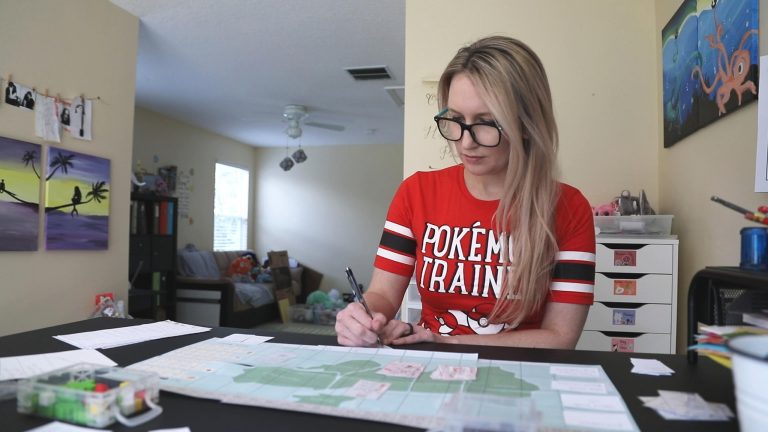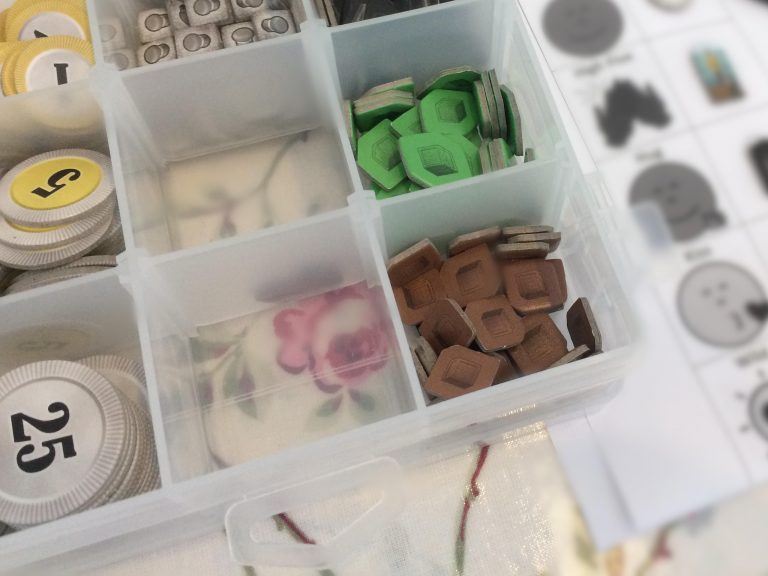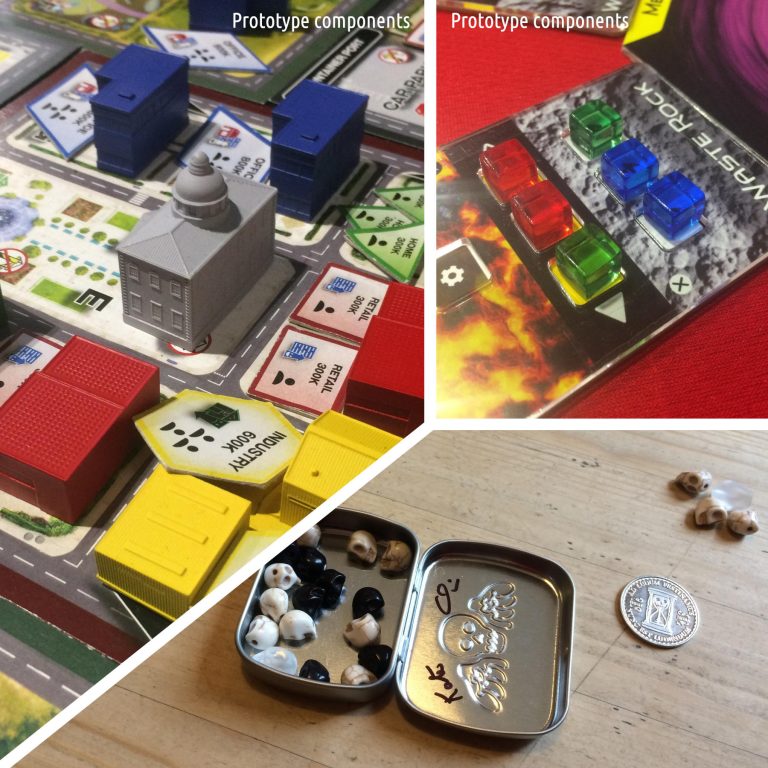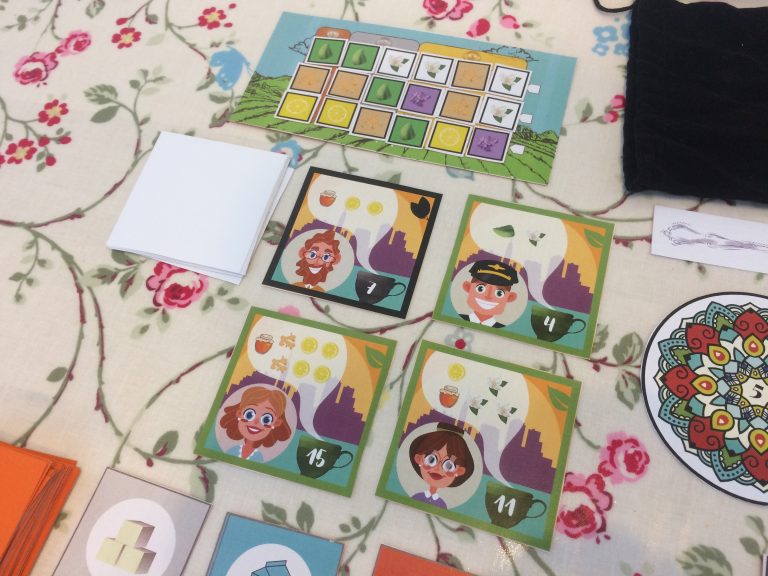Glowing designs (Topic Discussion)
Making a new game is a very long process that can take anything from a few months to many years. It usually starts with a spark of an idea, that slowly glows in the mind of a designer, getting bigger over time until eventually becoming a flame that burns for many months before finally lighting the fire. However, a new game can also come in a flash of inspiration that rapidly spreads and lights up every synapse and brain cell, forcing itself into life. I want to look at these initial, sometimes laborious, steps of game design to find out how designers feed our appetite for new games.






